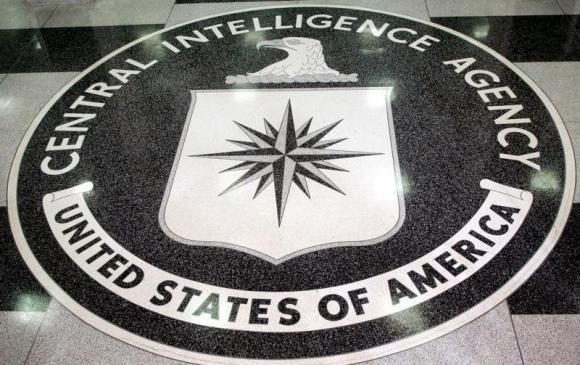Sexual Threats, Other CIA Methods Detailed In Senate Report

(Reuters) - Graphic details about sexual threats and other harsh interrogation techniques the CIA meted out to captured militants will be detailed by a Senate Intelligence Committee report on the spy agency's anti-terror tactics, sources familiar with the document said.
The report, which the committee's majority Democrats are expected to release on Tuesday, describes how senior al Qaeda operative Abdel Rahman al Nashiri, suspected mastermind of the 2000 bombing of the USS Cole, was threatened by his interrogators with a buzzing power drill, the sources said. The drill was never actually used on Nashiri.
In another instance, the report documents how at least one detainee was sexually threatened with a broomstick, the sources said.
Preparing for a worldwide outcry, and possibly even violence, from the publication of such graphic details, the White House and U.S. intelligence officials said on Monday they had taken steps to shore up security of U.S. facilities worldwide.
"There are some indications that … the release of the report could lead to greater risk that is posed to U.S. facilities and individuals all around the world," White House spokesman Josh Earnest said.
Some interrogation tactics meant to force detainees to divulge information on terrorist plots and cells, went beyond the harsh techniques authorized by White House, CIA and Justice Department lawyers working for President George W. Bush's Justice Department, according to the sources familiar with the report.
Earnest reiterated that President Barack Obama supports making the document public "so that people around the world and people here at home understand exactly what transpired."
'NOT WORTH IT'
Meanwhile, U.S. intelligence agencies secretly circulated a bulletin warning of possible violent reactions overseas, a senior intelligence official told Reuters. The Pentagon has also warned field commanders they should take appropriate steps to protect U.S. troops and bases overseas.
Intelligence committee Democrats are expected to post the report on the panel's website on Tuesday, along with lengthy critiques of it by committee Republicans and the CIA.
The report, which took years to produce, charts the history of the CIA's "Rendition, Detention and Interrogation" program, which Bush authorized after the Sept. 11, 2001, attacks.
Bush ended many aspects of the program before leaving office, and Obama swiftly banned so-called "enhanced interrogation techniques," which critics say are torture, after his 2009 inauguration.
The committee's bottom-line conclusion is that harsh interrogations did not produce a single critical intelligence nugget that could not have been obtained by non-coercive means.
That conclusion is strongly disputed by many intelligence and counter-terrorism officials, who say that there is no question such interrogations led to major breakthroughs.
Obama believes that regardless of whether the interrogation methods produced useful information, "the use of these techniques was not worth it because of the harm that was done to our national values and the sense of what it is that we believe in as Americans," Earnest said.
Cases in which CIA interrogators threatened one or more detainees with mock executions - a practice never authorized by Bush administration lawyers - are documented in the report, the sources said.
Interrogation practices which the Justice Department had authorized were sometimes used to extremes, as in the case of Abu Zubaydah, a Palestinian who is alleged to have served as an organizer and de-facto travel agent for the Afghanistan-based al Qaeda core organization headed by Osama bin Laden. Abu Zubaydah was kept awake and interrogated for five days without a break.
While the Justice Department had authorized techniques like sleep deprivation, controls and supervision of such methods were sometimes lax when the CIA began detaining and interrogating militants starting in August 2002, said sources familiar with the interrogation program.
A more rigorous system of monitoring how the techniques were used was in place by early 2003, the sources said.
The 500-plus page report which the Intelligence Committee has prepared for release -- a summary of a much more detailed, 6,000-page narrative which will remain secret - includes a 200-page narrative of the interrogation program's history and 20 case studies of the interrogations of specific detainees.
Citing the case studies, committee investigators claim the CIA misrepresented how effective harsh interrogations were in extracting important counter-terrorism information, according to the sources familiar with the document.
© Copyright Thomson Reuters 2024. All rights reserved.





















